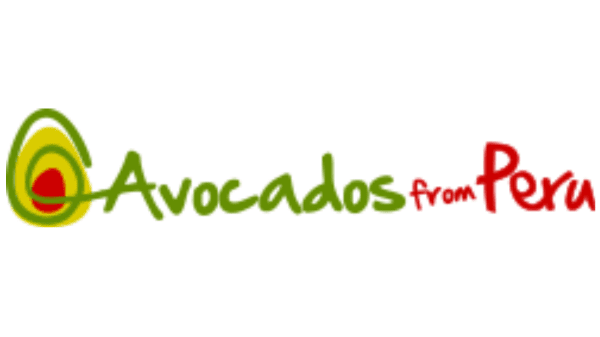The 2024 Peruvian avocado campaign began in January, but with small volumes of fruit from the inter-Andean valleys, small compared to the large volumes that are estimated to leave the country in April and May, according to Juan Carlos Paredes, president of the Association of Hass Avocado Producers and Exporters of Peru (ProHass), quoted by Agraria.

About 93 percent of the avocados exported from Peru is Hass avocado, the most exported in the world. In 2022, 554,000 tons of this Hass avocado were exported as a country; in 2023, there were 558,000; reflecting growth of around 1 percent.
This year Peru expects to export about 468,000 tons of Hass avocado, which would mean a drop of 16 percent compared to last year, although it could be larger. There have been unfavorable weather conditions for cultivation.
“And given that there is no longer any expansion of new areas, each climatic blow will be felt in the export figures; when it is growing, the climatic shocks are hidden by the new hectares that enter, but Peru is no longer growing much”, Paredes said.
Paredes goes on to say that there are several factors that are contributing to a higher price this season. Mexico is already finishing its main campaign, with less production; California comes with smaller fruit and a drop of between 20-30 percent; Chile is no longer a player that moves the needle anywhere in the world, as they consume everything they produce and have problems with the availability of water; Spain is not also growing because of a water issue; Portugal has already stopped its growth, they also had problems with water availability; Some African countries such as Senegal, Tanzania, Morocco, and South Africa are growing, but they do not compete with the Peruvian avocado, as they go to other destinations such as the Middle East, they also go to Europe but with other price categories.
Prices are 40-50 percent above what they were at the same week last year, around $3.10-3.50 per kilogram.



